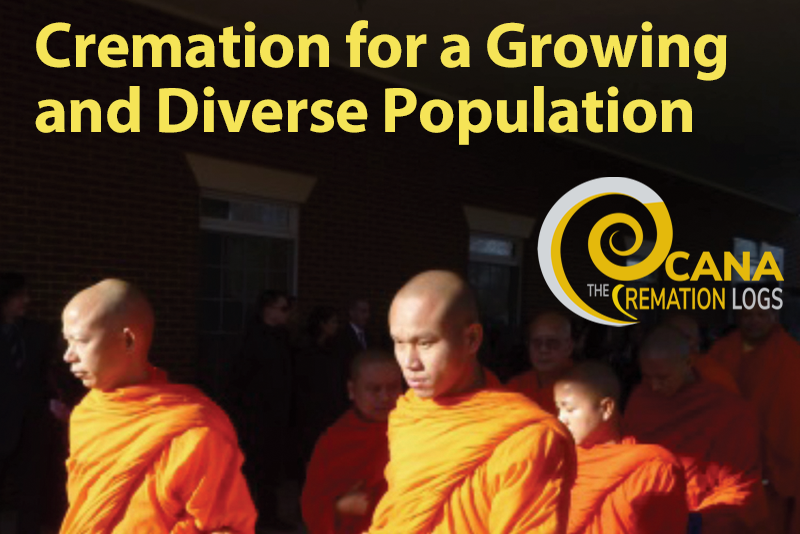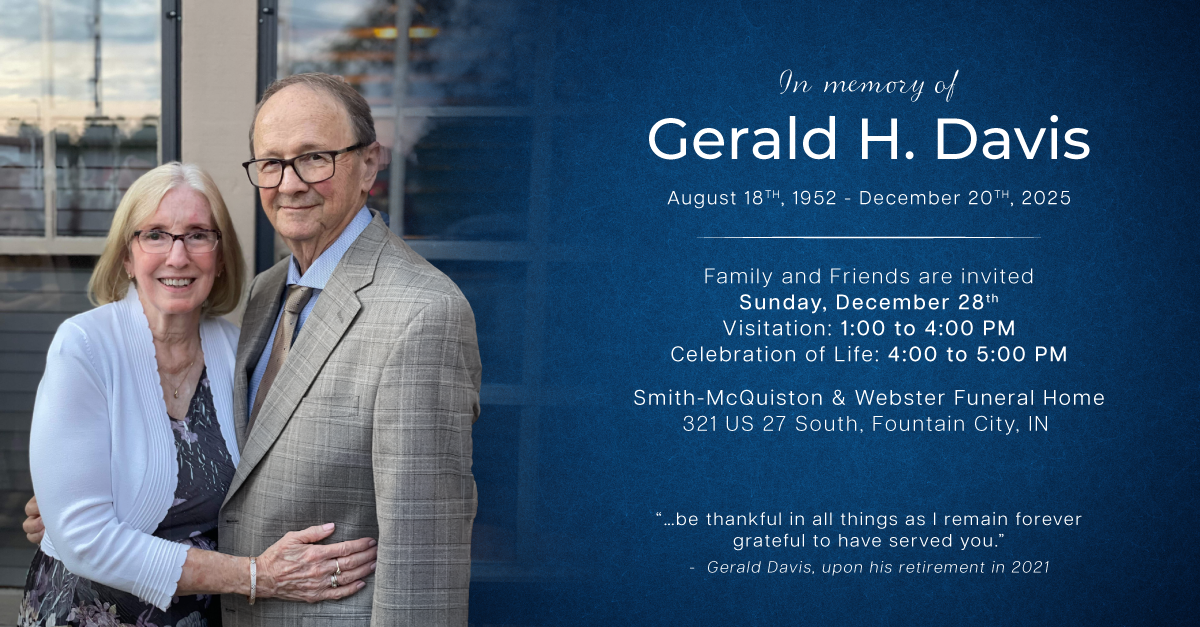The Laotian Buddhist Funeral
I think most of the directors at my funeral home agree with me that the Laotian funeral is one of the most interesting funerals Fairfax Memorial Funeral Home does.
Laos is a Southeast Asian country bordering Thailand and Vietnam. In a traditional service, relatives of the deceased serve in Laotian funerals as novice monks, or “monks for the day,” and this is a great honor – but one they have to shave their heads and their eyebrows for. In addition to the novice monks, full Laotian monks from the local temples are the ones who do the chanting for the deceased during the ceremony. Services are very beautiful. The Laotians bring in their own Buddha. It’s a Thai Buddha and it’s very thin. It doesn’t have the Chinese characteristics to it.
After the funeral has ended, the monks from the temple hold a rope. The rope is tied to the casket, and they lead the casket out our chapel door, through our front door, and throughout our entire funeral home. They make their route to the crematory where they witness the cremation.
As part of the procession, there’s a family member behind the casket with a bowl of money that’s wrapped in foil. The packets are thrown up in the air, and if you are the funeral director or funeral assistant or apprentice on that casket, you will get pelted with money. The family throws the money to distract the attention of the evil spirits away from the deceased so the loved one can be cremated and move on to the next world. The rope signifies the monks pulling, and the indirect route taken to the crematory is meant to confuse the spirits.
There are wreaths carried by family members with money attached to them. The family folds paper money into triangles and affixes it to the wreaths. This is for the temple monks. At the end of the ceremony, there’s a wreath for each monk as alms, or an offering to the monks, thanking them for their participation in the journey of the loved one from this life into the next life. The last Laotian funeral I had, there were ten wreaths. I counted one wreath and it had over a thousand dollars in twenties folded in triangles. Each of the ten wreaths was presented to the monks, so that is their form of payment, thanking the monks for what they have done for the family.
If you ever have the honor to serve a Buddhist family and they give you a tip, take it. If you don’t take the tip, you’ve insulted the deceased and you’ve insulted the family. It’s the same as the alms for the monks. The family is thankful for everything that you do for them.
Learning to Listen
How did Fairfax Memorial Funeral Home become the destination for many people in Washington D. C.’s Asian community? A combination of census data, business strategy, and listening to their families’ needs.
Read on in CANA’s Cremation Logs for the complete story on Cremation for a Growing and Diverse Population.
 Archer Harmon is a licensed funeral director and embalmer and the General Manager of Fairfax Memorial Funeral Home. With over 30 years of experience, Mr. Harmon is well versed in many funeral traditions, including military funerals and state funerals for dignitaries. He has attained a vast amount of invaluable knowledge regarding the funeral customs of highly diverse populations. Mr. Harmon serves on CANA’s Board of Directors as Second Vice President.
Archer Harmon is a licensed funeral director and embalmer and the General Manager of Fairfax Memorial Funeral Home. With over 30 years of experience, Mr. Harmon is well versed in many funeral traditions, including military funerals and state funerals for dignitaries. He has attained a vast amount of invaluable knowledge regarding the funeral customs of highly diverse populations. Mr. Harmon serves on CANA’s Board of Directors as Second Vice President.
About CANA
Founded in 1913, the Cremation Association of North America (CANA) is an international organization of over 3,300 members, composed of funeral homes, cemeteries, crematories, industry suppliers, and consultants. CANA members believe that cremation is preparation for memorialization.




